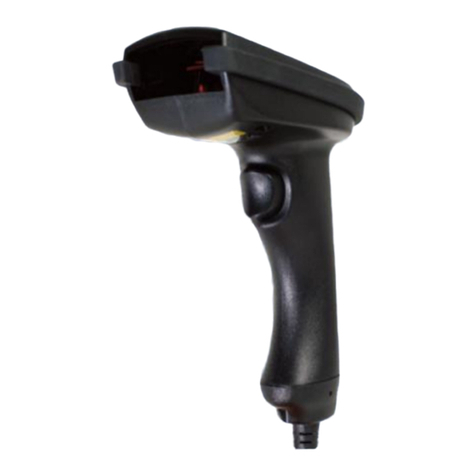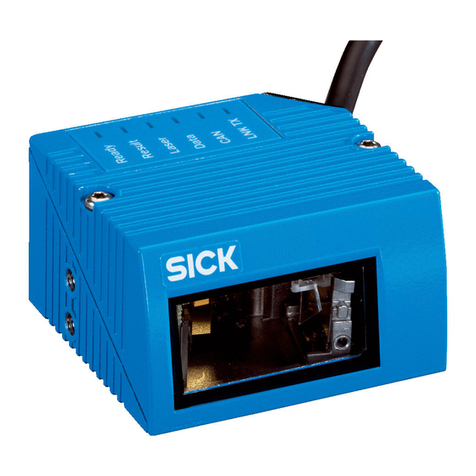Worth Data F52 User manual
Other Worth Data Barcode Reader manuals
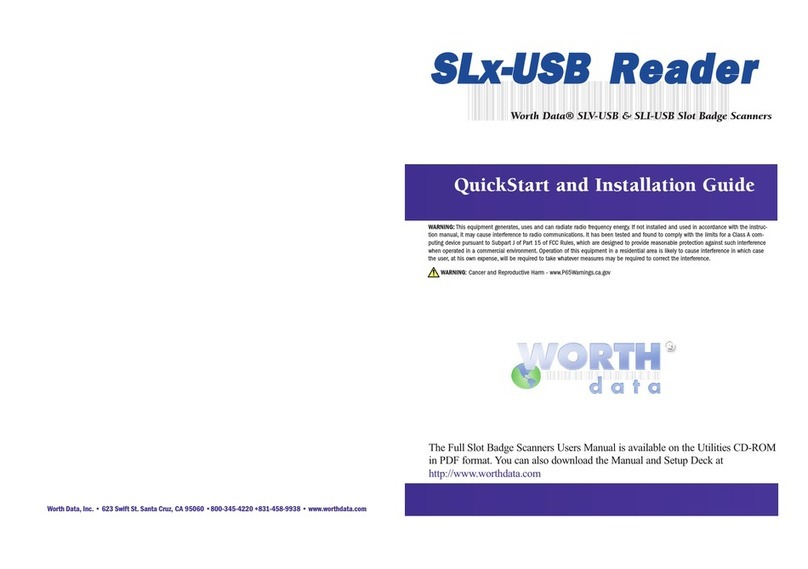
Worth Data
Worth Data SLV-USB User manual
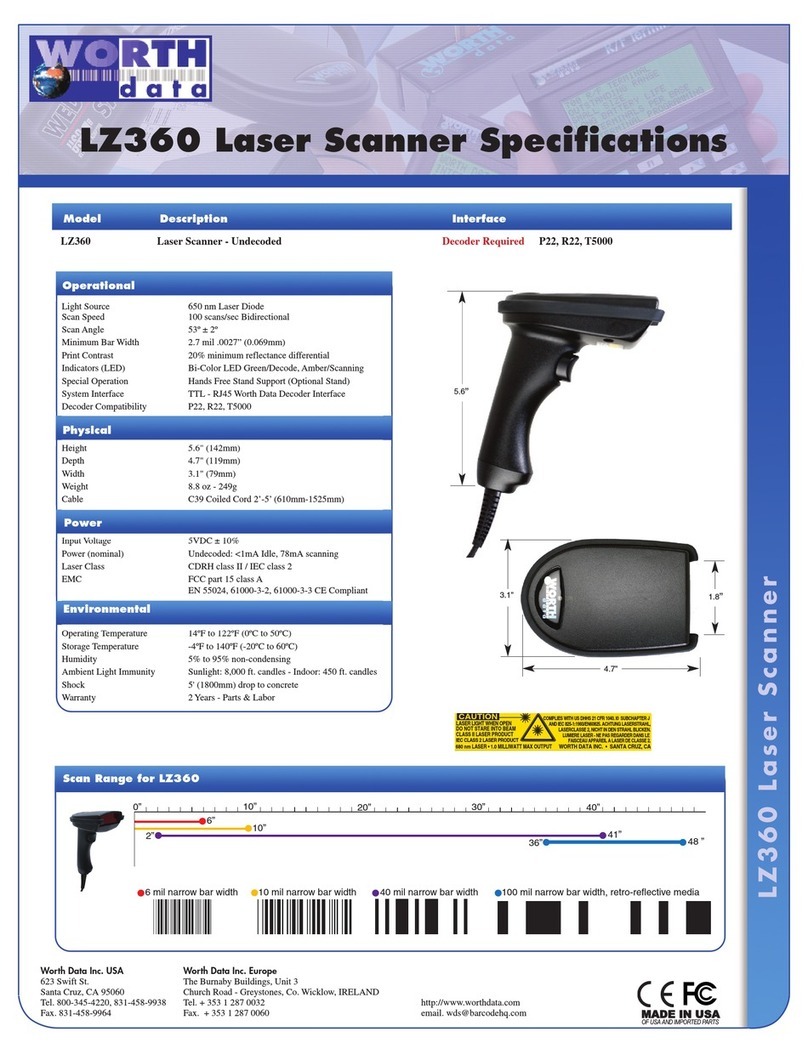
Worth Data
Worth Data LZ360 User manual
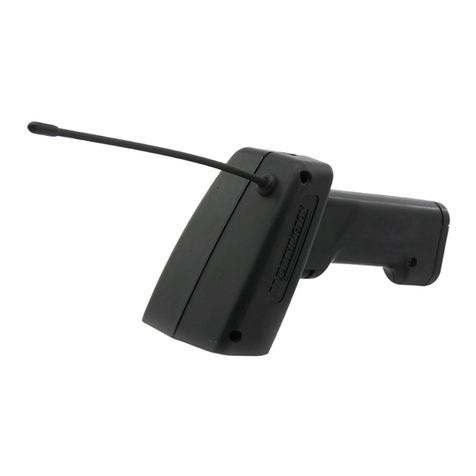
Worth Data
Worth Data LZ202-RF User manual
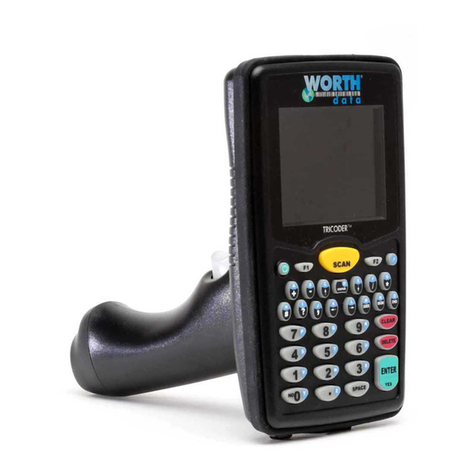
Worth Data
Worth Data 5000 TriCoder s User manual
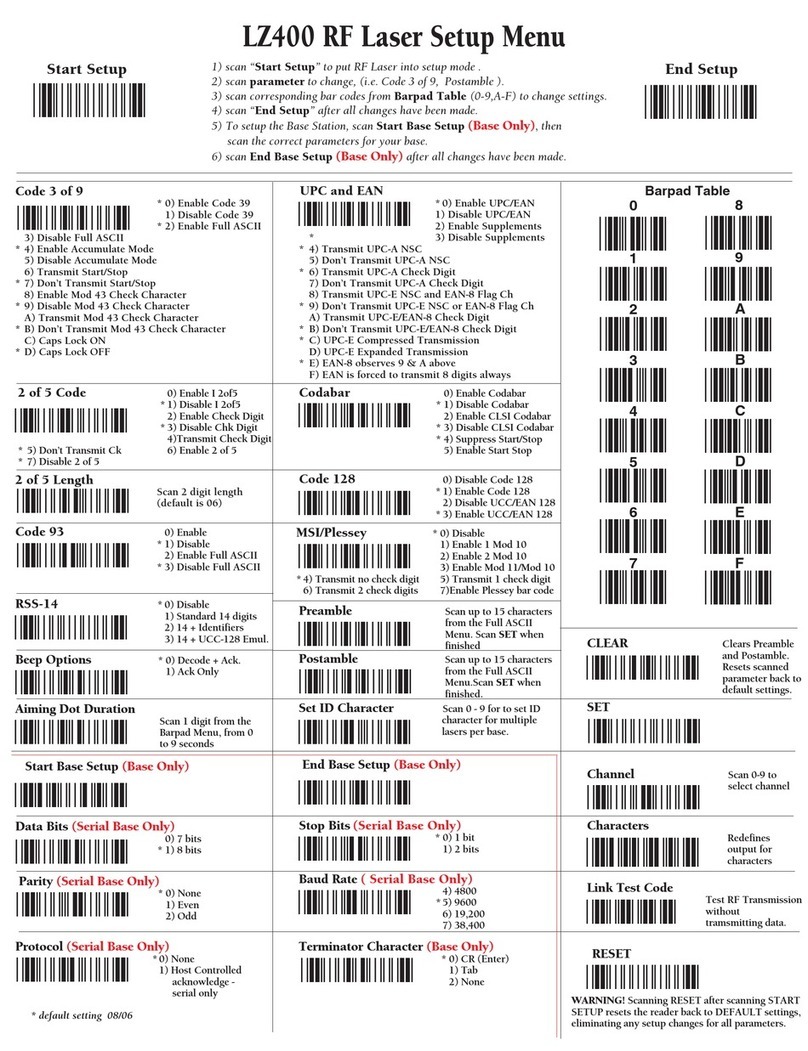
Worth Data
Worth Data LZ400-RF User manual
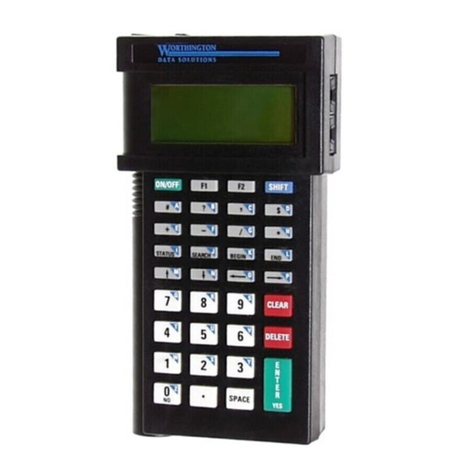
Worth Data
Worth Data TriCoder t53 User manual
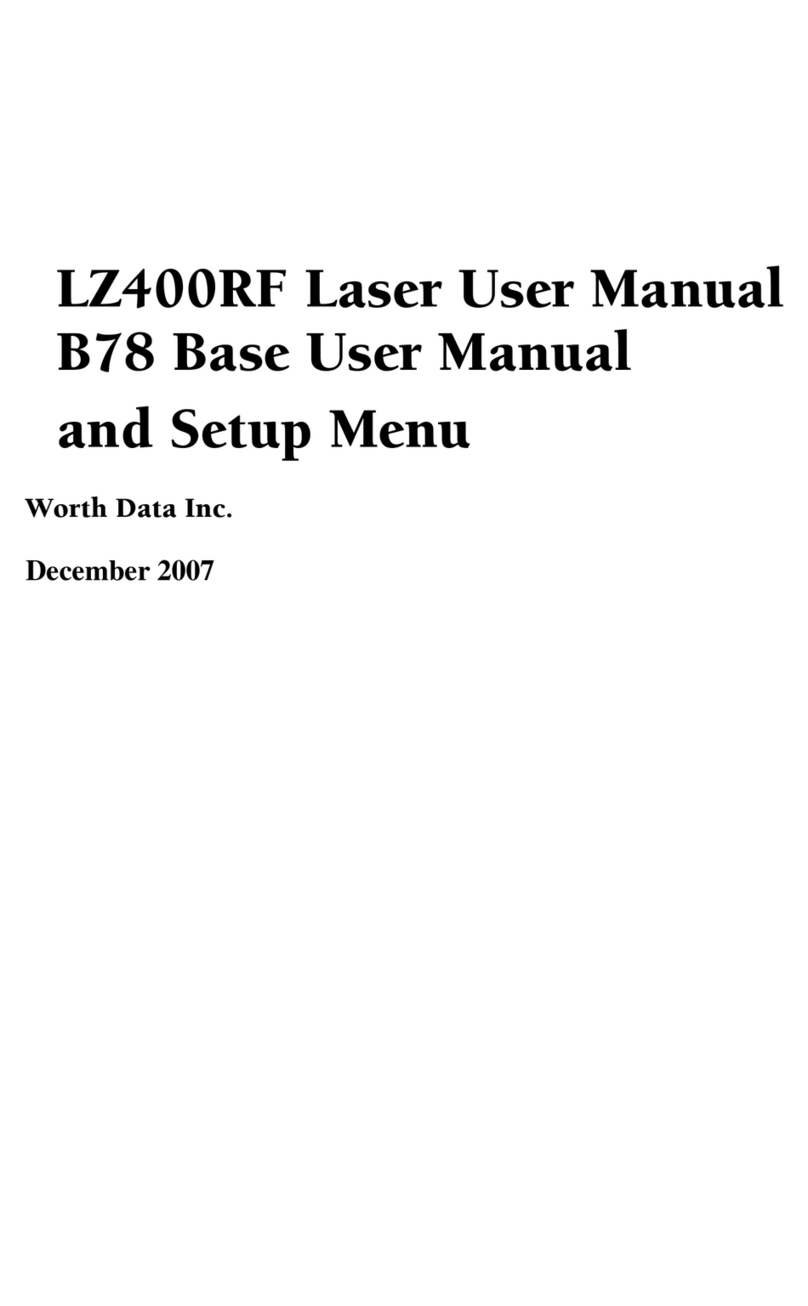
Worth Data
Worth Data RF Laser User manual
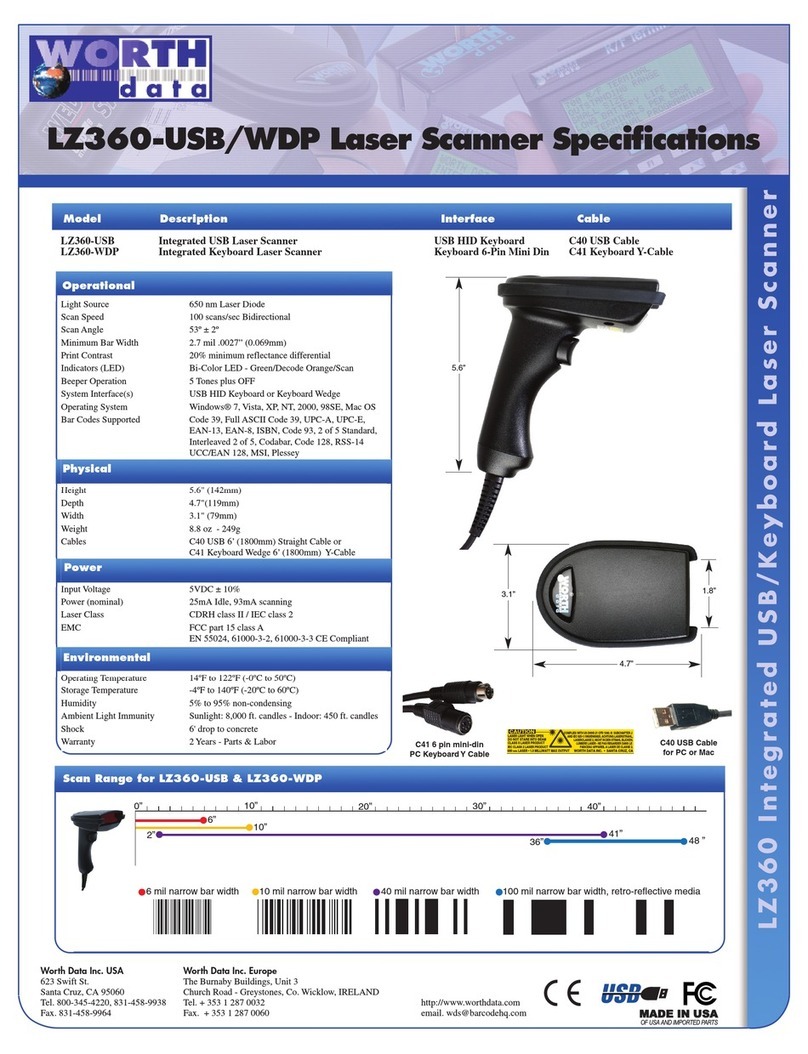
Worth Data
Worth Data LZ360-USB User manual
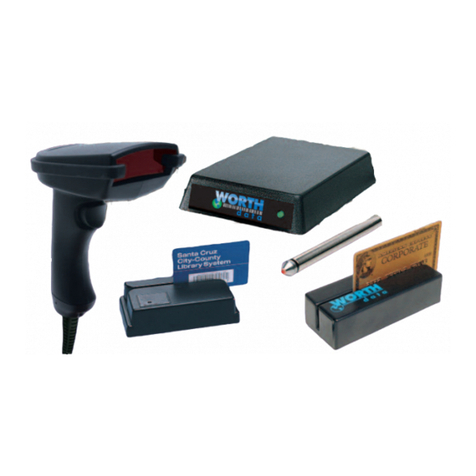
Worth Data
Worth Data WDP User manual
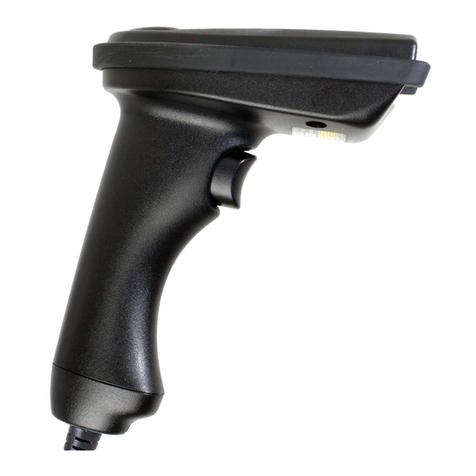
Worth Data
Worth Data LZ160-USB User manual
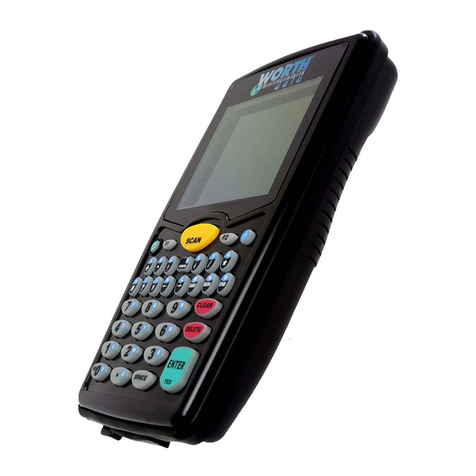
Worth Data
Worth Data T5000 TriCoder User manual
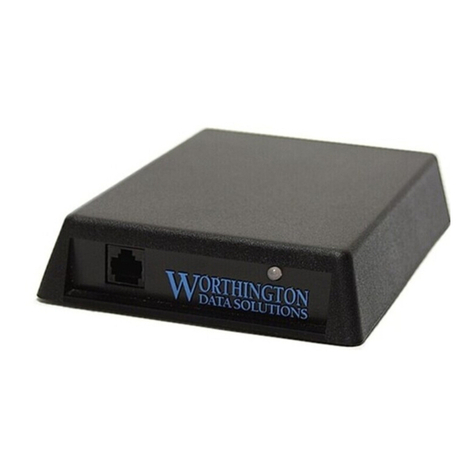
Worth Data
Worth Data Serial Bar Code Reader RS-232 User manual

Worth Data
Worth Data P11/12 User manual

Worth Data
Worth Data 5000 TriCoder s User manual
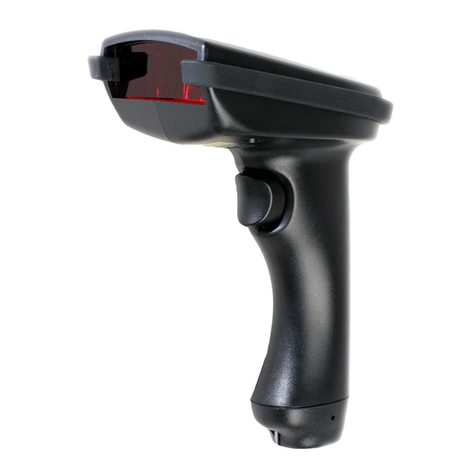
Worth Data
Worth Data LZ360-RF User manual
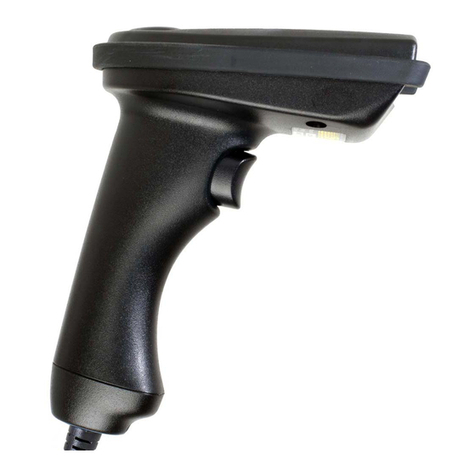
Worth Data
Worth Data LZ165-USB User manual
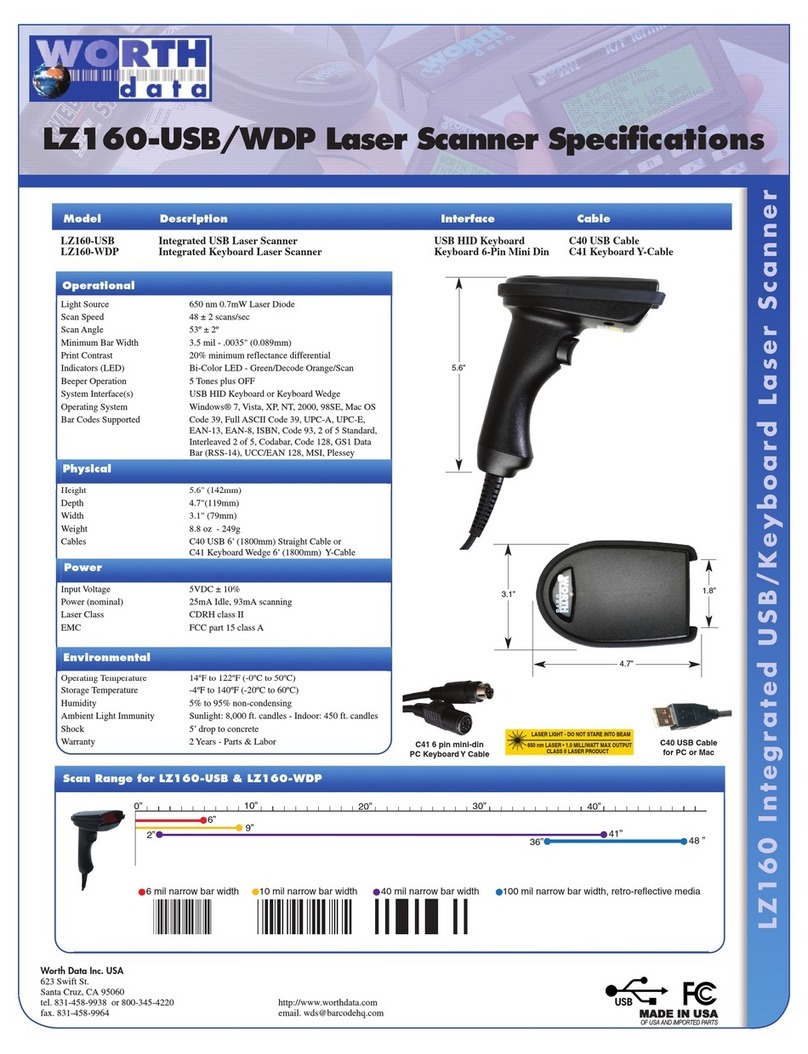
Worth Data
Worth Data LZ160-USB User manual
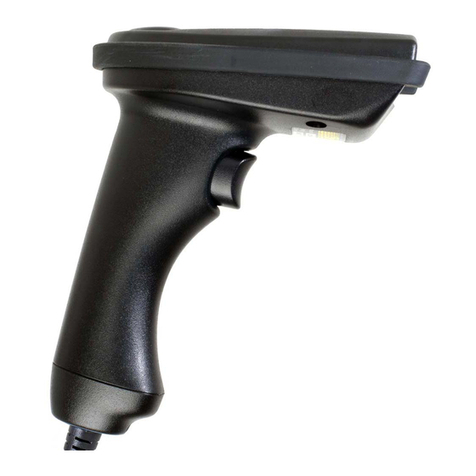
Worth Data
Worth Data 530-2D-USB User manual

Worth Data
Worth Data LZ360-RF User manual

Worth Data
Worth Data 510-2D User manual
